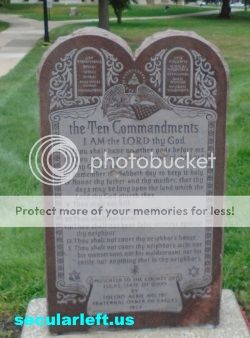Do political and religious conservatives really understand DEI? Will J.R. Majewski drop out of the race because he used a slur. And how ironic that some republicans like Nikki Haley are using prochoice arguments to support IVF.
Category: Myths
What this means is that while religious practitioners still enjoy their apparent majority in America, each new generational “cohort” has been less likely to practice religion than the previous generation. Among tenth and twelfth graders, almost all the drop-off in churchgoing happened in the years between 2000 and 2013.
With Halloween now in the rear-view mirror, we all know the world is about to jump on the Christmas bandwagon for the next two months. Never mind the fact that there’s a whole other national holiday in between the two (not that Thanksgiving doesn’t have its fundamental flaws as well, but that’s for another rant…).
Remember when Starbucks released its Christmas cup design back in 2015, and the entire world went nuts about it? Half the world seemed to be decrying the innocent cups as the end of civilization as we know it, while the other half of the world protested, “It’s just a cup! Get over it!”

10 Commandments Moument on grounds of Lucas County Ohio Courthouse
A stone marker has sat on the grounds of the Lucas County Courthouse in Toledo, Ohio for the past 60 years. It’s engraved with the 10 Commandments – a set of Christian religious rules. Supporters of the monument claim the commandments are part of our collective legal history so it should remain on the courthouse lawn. In 2006, a federal court agreed. A reasonable person, looking at the full background of how the monument came to be would come to a different conclusion.
The Lucas County Courthouse is located on Adams Street in downtown Toledo. There aren’t many monuments or markers on the grounds but one that caught my eye is a 10 Commandments monument that was donated by a local chapter of the Fraternal Order of Eagles in 1957. The Eagles placed hundreds of markers across the country starting in the late 1940s through the early 1960s. The markers were placed on courthouses, public schools, and public parks.